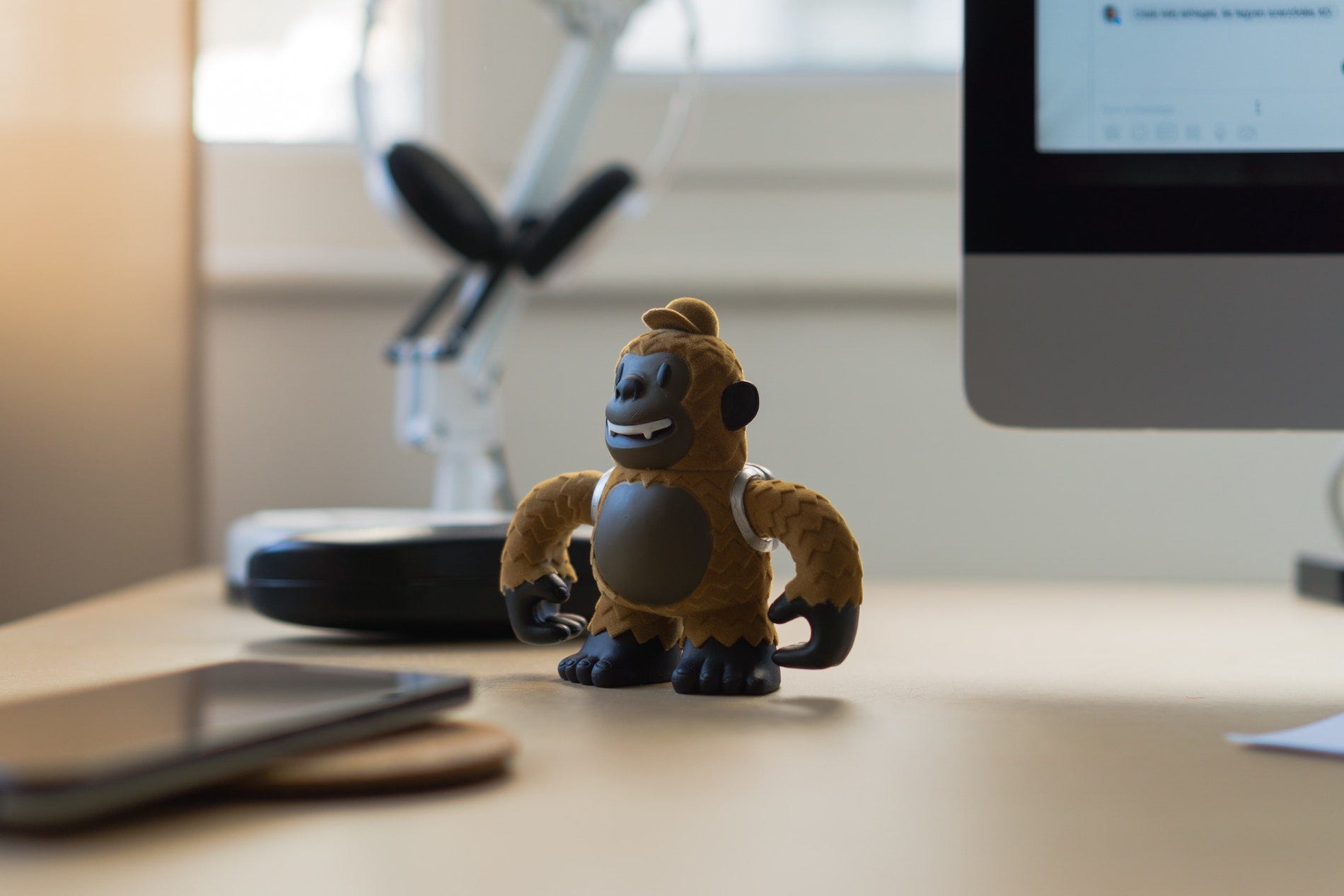Behaving like apes
Like many others in Europe, I recently took part in some tentative, in-person social and business interactions – my first since March 2020. Seeing people awkwardly negotiate their way through the current realities, I wondered – not for the first time – about our ability as humans to make truly rational decisions.
The pandemic has given us many examples of non-rational decision-making, most recently including 60,000 soccer fans not wearing masks at Wembley Stadium; their ability to gain entry by self-reporting negative lateral flow tests online with zero evidence required by Test & Trace; and our government’s rush to drop all social distancing measures while a Delta variant wave rages.
It would be easy – and perhaps a little lazy – to see all this as an ideologically-motivated corruption of rationality, but this does not explain why so many individuals are actually willing to place themselves and their families at risk for the sake of short-term gratification (entertainment, holidays, etc). Could the way our brains are wired have any bearing on this?
The delicate interplay between feeling and thinking, between emotions and rationality, is apparently part of our evolutionary inheritance and we are just too genetically close to our fight-or-flight ape ancestors to avoid this.

In fact, complete rationality is not only impossible, but perhaps undesirable. Professor Eyal Winter calls these two conflicting elements ‘Tod’ and ‘Tom’:
It may seem like life would be easier if we could be entirely rational. But evolution has supported the development of feeling and thinking exactly because we need them both. Feelings take care of our desires and needs now, while rationality is defending our interests and wellbeing in the future. I call these two entities that live in us Tod (today) and Tom (tomorrow).
The rationality comfort blanket I had been holding on to for too long now lies as tattered as our COVID-impacted social interactions. No matter how much we value facts, evidence and data, their interpretation and application is almost never entirely rational, no matter how well-trained we might be in spotting biases.
I see your bias and raise you…
Speaking of biases, I recently came across this beautifully crafted graphic representation of “188 different cognitive biases, unified into one conceptual model and condensed into a single piece of educational art”.
Cognitive biases are, essentially, blind spots in our brains’ ability to make rational judgments, caused by information processing shortcuts, limited processing ability, emotional or ideological motivations, difficulties retrieving what we have learned or experienced, or social influences including prevailing behavioural rituals or morals.
As a student, blaming cognitive biases was a fashionable and convenient way to dismiss an opponent’s political view, or in fact anything you disagreed with, under a very thin cover of psychology. That was a long time ago, but cognitive biases have not gone away and right now seems as good a time as any to remind ourselves that we all suffer from these. Business executives and senior civil servants are taught about these in management courses, but (if some of our experience is anything to go by) this knowledge doesn’t always stick…
Papers old & new
On the topic of learning retention, I actually enjoyed reading Bloom’s Taxonomy last week, which provides a framework for categorising educational goals. It was originally drawn up for American school teachers and college instructors, so it has a certain classroom-quaint quality about it (no comic sans, thankfully, but you’ll see what I mean), which means it’s not suited to the kind of learning work we do with clients. Nevertheless, I found the structure of its more recent revision (2001, so not that recent…) helpful as a prompt to map some of the learning blockers that people may experience in a capabilities development program we are working on.
And when it comes to barriers to leadership development, this 2020 article by Sylvia Schweiger, Barbara Müller and Wolfgang Güttel has helped me to understand the negative impact of leadership ‘hero’ behaviours, at the expense of ‘processual’ behaviours – i.e. inclusive social interaction with all relevant stakeholders. The latter is very much part of how things must be done in a modern digital enterprise, so the ongoing admiration and rewarding of ‘hero’ leadership in some corporate environments is not just bad for workers, but ultimately bad for the organisation’s ability to grasp and embrace digital change.

